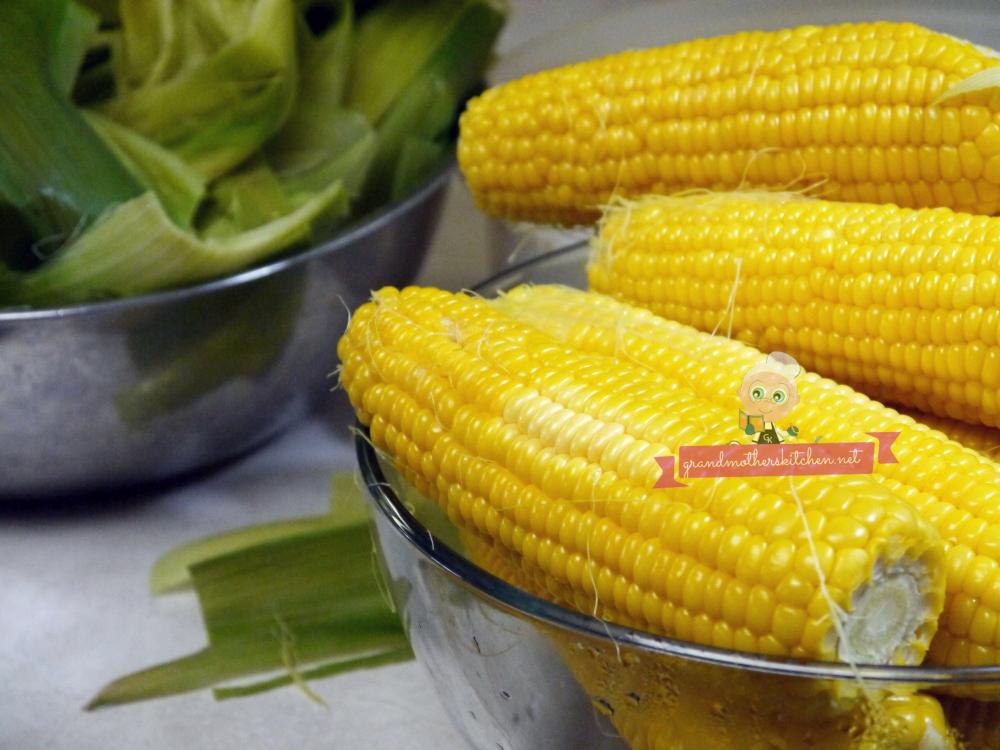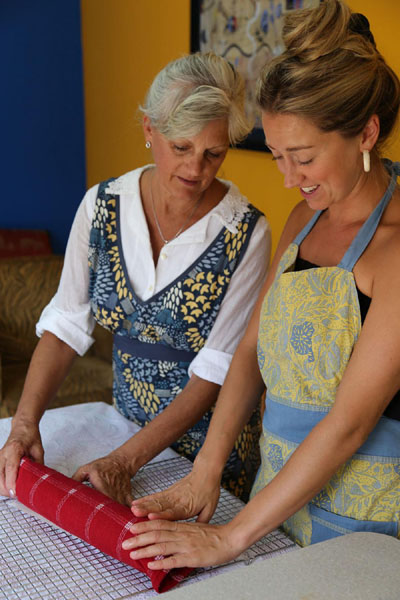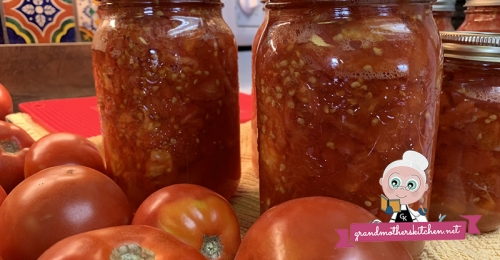How to Freeze Corn On The Cob

About this Recipe
My family is quite hilarious when it comes to corn on the cob. My one Aunty has developed a method for eating corn that cleans the cob perfectly just with tooth technique alone. It becomes a silent competition over who can leave the cleanest cob. When were kids this corn eating competition was not so silent. Corn is a staple food in nearly every country on the planet, and as a matter of interest is a part of the grass family. Corn has so so so many uses in our food products like sugar, cereals, flours..oh and popcorn! It is actually quite a nutritious food and is very high in fiber. It is also a crop that when possible, it’s great to buy organic to avoid some of the less than great farming practices. When you live in an area with access to fresh bountiful crops of corn, another great thing to do with corn on the cob is to cook and then freeze it for the winter months.
Grandmother's Tips on How to Freeze Corn On The Cob:
1. Freezing your own corn is worth doing for the flavor alone if you have access to local home grown. The corn we have access to is so super sweet and worth taking the time to freeze for later use.
2. Freeze as much corn you have access to if you have a family you are feeding. It is an easy process and you can use it is soups, make our Best Easy Cream Corn Recipe that is so easy and tasty you'll be happy to know if there is more frozen corn you can make the dish again and again.
3. Flattening the ziploc bags of anything your freeze will take up less space in the freezer.
4. Writing the date and whats in the bag will be helpful in reminding you when you actually froze the item.
5. The frozen corn recipe can be used in stir fries, soups, or this yummy Creamed Corn Recipe.
Ingredients
Makes: Frozen corn
2 dozen ears of corn
Directions
1. We want to share with you a method of easily preparing your fresh corn on the cob for eating or freezing.
2. Rather than shucking the corn, with this method you cut off both end of the corn cobs and leave the corn peels on.
3. Have ready a deep pot of water.
4. Place the prepared cobs into the water, bring to a boil and cook for 4 minutes. Don’t over crowd the pot.
5. Using tongs remove the cooked corn from the pot and leave the cobs to sit and cool so you can handle them.
6. Continue adding uncooked cobs to the boiling water and repeat until all the cobs are cooked.
7. Once cooled the cooked corn cobs will easily slide out of the peeling.
8. When all corn is cooled and peeled cut the corn off the cobs and place into Ziploc freezer bags.
9. It is always a good idea to date and label things you put into the freezer.
10. Make the bags flat as you can and push the air out. This will make the corn last longer and it takes up less space in the freezer if the bags are flattened.
ENJOY!
Return to this How to Freeze Corn On The Cob recipe or check out more recipes at Grandmother's Kitchen
Enjoying fresh tasting corn year round is possible thanks to freezing food preservation. You can freeze your fresh corn when it's in season so you can use it later on in the year for recipes and easy dinner ideas. Corn has always been and still is a very popular vegetable that's also called maize.
There are so many different types of corn products, and 3,500 uses for corn, and it's produced everywhere in the world except for in Antartica. The ear of the corn plant is the part we eat, and its part of the flower of the plant and the kernels are seeds. There are usually about 16 rows of kernels and nearly 800 individual kernels, there will also always be an even number of them on each corn cob.
Even though we enjoy corn kernels as they are, they can also be processed and made into other products like sweeteners, marshmallows, gum and chips. It's also used in non-edible items like glue, paint, laundry detergent, soap, and cosmetics. It can even come in different colours like purple, red, white and blue, but the most common colour is yellow.
When you bring your favourite corn home, or you harvest some from your own garden, you can actually preserve it by freezing it in ziploc baggies. That way you protect all of the nutrients in the corn so that they are still there when you go to use the corn in your recipes and easy dinner ideas. By adding corn to your meals, you'll be getting some vitamin C, dietary fibre, folate, thiamin, phosphorus, and magnesium.
These nutrients are kept intact by freezing food preservation so the next time you go to eat it, it's the next best thing to fresh. It may take a bit of time and patience, but freezing your corn is definitely worth it.







